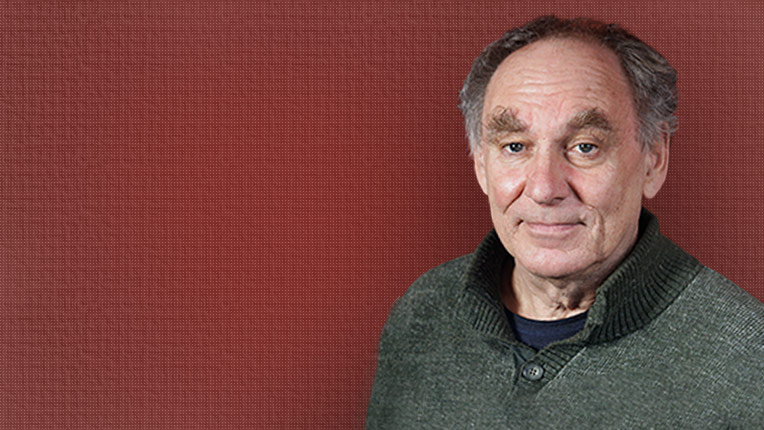Date and time: Thursday 20 November 2025, 13:00-14:00 CET
Speaker: Giuseppe Abreu, Jacobs University Bremen
Title: A Discrete Twist on the Linear Inversion Problem
Where: Digital Futures hub, Osquars Backe 5, floor 2 at KTH main campus OR Zoom
Directions: https://www.digitalfutures.kth.se/contact/how-to-get-here/
OR
Zoom: https://kth-se.zoom.us/j/69560887455
Host: Emil Björnson

Bio: Giuseppe Thadeu Freitas de Abreu (Senior Member, IEEE) is a Professor of Electrical Engineering at Jacobs University Bremen, Germany, and a Digital Futures Scholar in Residence (8 September 2025 – 31 January 2026). His research focuses on wireless communications and signal processing, including communications theory, optimization, metasurfaces, and integrated sensing and communications. He has received multiple IEEE Best Paper Awards and prestigious fellowships from NICT, JSPS, and the Heiwa Nakajima Foundation, and serves on the editorial boards of several IEEE journals.
Abstract: The Inversion Problem is a well-known mathematical problem that appears frequently in many areas of science, as it allows for establishing the cause–effect relationship between observations (knowns) and excitations (or inputs), which are typically unknown to the observer. A particularly prevalent variation of this classic problem is the Linear Inversion Problem, where the input–output relationship is governed by the simple linear expression y = Ax + n, where x and y are the input and output vectors, respectively, A is a matrix describing the system, and n is an additive disturbance (e.g., noise). This problem finds direct applications in system identification, optics, radar, acoustics, estimation theory, communication theory, signal processing, medical imaging, computer vision, geophysics, oceanography, meteorology, astronomy, remote sensing, natural language processing, machine learning, and many other areas.
Although seemingly trivial, this problem becomes particularly challenging when the number of observations is substantially smaller than the number of input quantities—that is, when the dimension of y is lower than that of x. In such cases, one could be forgiven for believing (incorrectly) that the problem is undetermined and therefore has no solution. Far from the truth, such an “undetermined” inverse problem is known to have a solution in the special case where the input vector x is sparse, giving rise to the “compressive sensing problem,” which was extensively studied in the last decade, yielding many elegant results.
In this talk, however, we consider an arguably more challenging version of this problem, where x is not sparse but merely discrete. Specifically, we assume that x has more nonzero elements than the dimension of y, implying that basis pursuit is no longer a viable strategy, but that all elements in x are taken from a known discrete alphabet. For such a Discrete Linear Inversion Problem, we offer an elegant solution obtained through the successive evaluation of a closed-form expression that resembles (and can thus be seen as a generalization of) the zero-forcing algorithm. Building on this result, we further develop the method to handle additional challenges such as noise, correlation in the system matrix, and imperfect knowledge of the latter.




